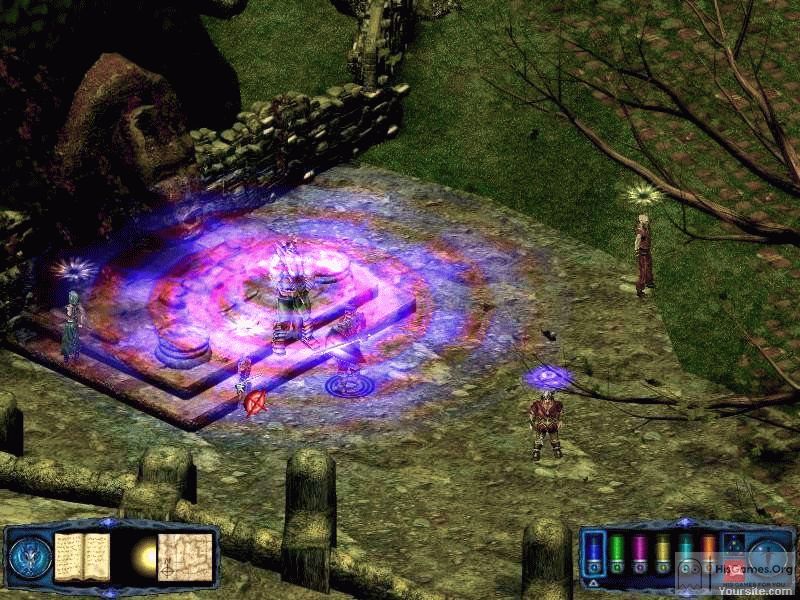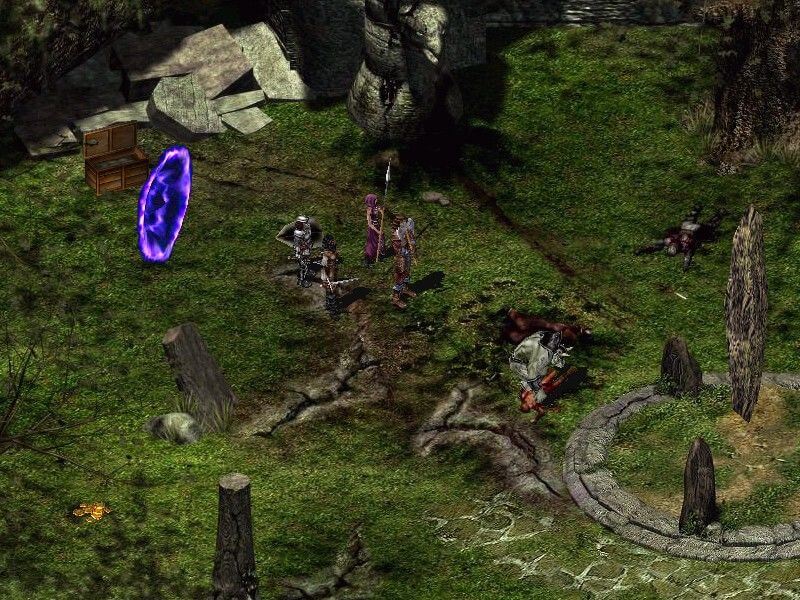

They must travel to all areas of Myth Drannor, from the dungeons below the city, the city itself, the catacombs beneath the city, et al, in an attempt to stop the evil from taking over the region.The Cult of the Dragon has built a secret stronghold in the ruins of Myth Drannor, and seeks to subjugate Faerûn using the power of a corrupted pool of radiance. Once the elven ruin is completely in their thrall, the cult intends to expand its domination one city - and one soul - at a time.įour heroes are sent to Myth Drannor by Elminster to stop the dracolich and the sorcerer queen from using the power of the Mythal to conquer Faerûn. Later patches fixed some of the stability issues, but by this time stronger competition such as Bioware's Neverwinter Nights had been released.Ī dracolich and his sorcerous queen have seized control of the Mythal, the ancient magic that once protected the long-abandoned elven city of Myth Drannor. And add to this some infinite and confusing dungeons, and an only one game style - hack and slash - to make this title a boring and repetitive one. Pool of Radiance: Ruins of Myth Drannor is a Forgotten Realms Dungeons & Dragons role-playing video game released in 2001 by Ubi Soft.It is the fifth and latest game in the Pool of Radiance series. This, in combination with the initial lack of multiplayer support, is understandable. The main complaint about the game was that it was boring: as the AD&D module it was based on is intended for a large player group. The situation was so bad that uninstalling the unpatched game could wipe the user's system files.

Sales for the game were initially low as it received lackluster reviews and was plagued with bugs, especially in the multiplayer part. Story progression and interaction with other characters is a minimum part of the game, although there is some interaction with NPCs and other in-game characters.

The game is a dungeon crawl, with a focus on hack and slash combat and exploration of large dungeons with many bare, similar-looking rooms. The game uses three-dimensional characters over pre-rendered two-dimensional backgrounds. Unlike Baldur's Gate and other Infinity Engine games, Ruins of Myth Drannor features turn-based combat rather than real-time combat. Ruins of Myth Drannor takes place from an isometric third-person perspective, similar to the Baldur's Gate series.


 0 kommentar(er)
0 kommentar(er)
